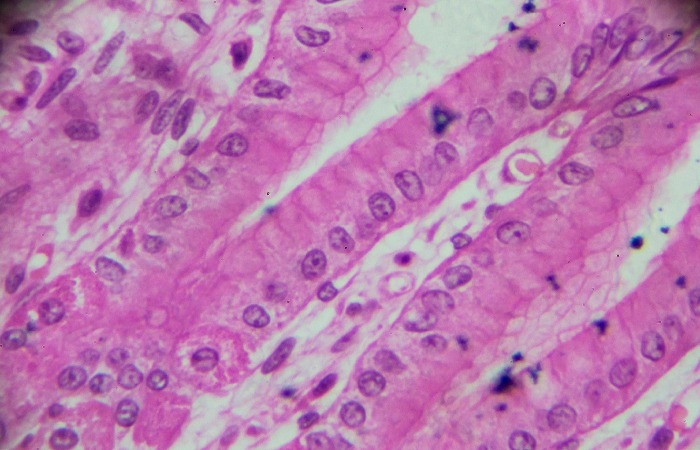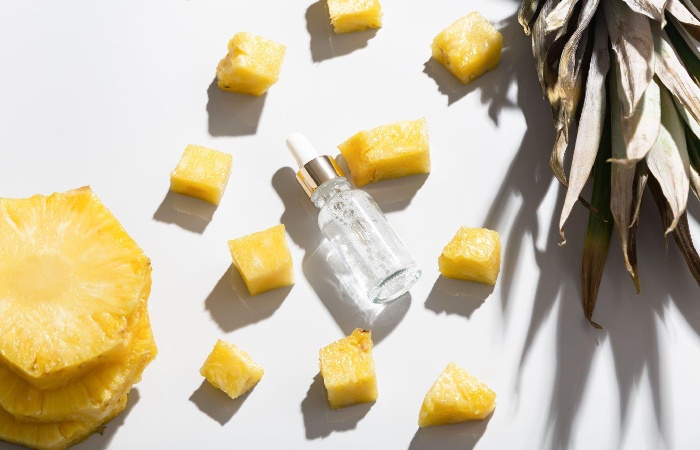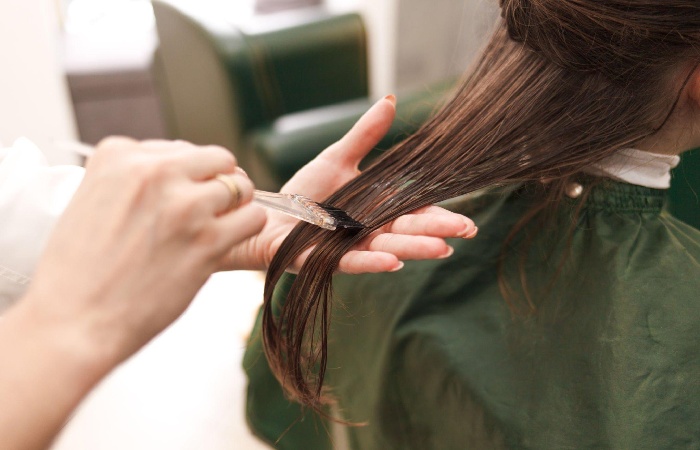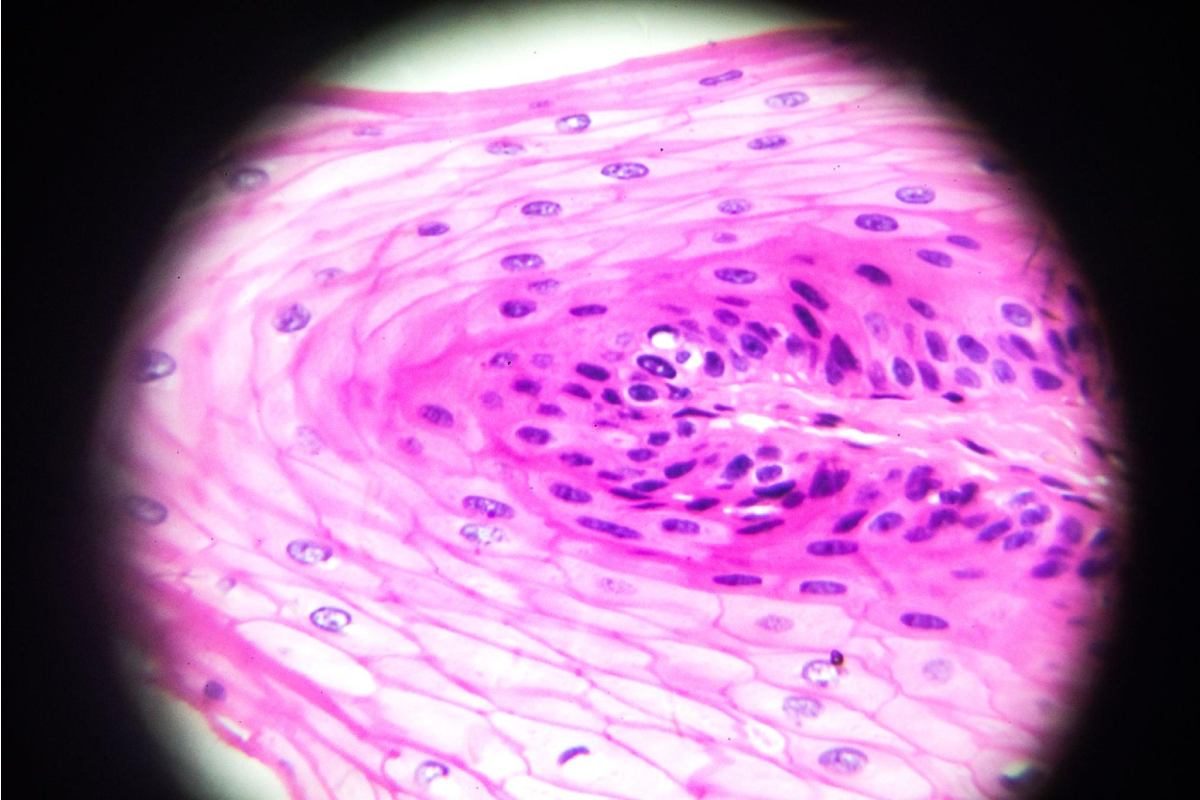keratīns is a type of structural protein found in epithelial cells that line the internal and external surfaces of the body. Keratīns s help form the tissues of the Skin’s hair, nails, and outer layer. They are also found in cells that line organs, glands, and other parts of the body. Certain keratīns s can be found in higher than average amounts in patients with different types of epithelial cell cancers, such as lung, breast, colorectal, bladder, and head and neck. Measuring the amount of specific keratīns s in the blood can help plan cancer treatment or determine if the treatment is working or if cancer has come back. A keratīns is a type of tumor marker. Also called cytokeratīns.
Table of Contents
Who produces keratīns?
It oocytes produce Keratīns, cells found in a deep layer of the superficial part of the Skin called the epidermis.
Keratīns properties

It is rich in sulfur and cysteine, an essential structural amino acid within which we find the disulfide bridges responsible for its physical properties. There is the possibility of artificially breaking these disulfide bridges, for example, with heat and humidity, thus varying its appearance, texture and rigidity, thus allowing, for example, to shape the hair for hairstyles.
Another vital part of the amino acid, cysteine, contains a lot of sulfur. Therefore, the contribution of amino acids and sulfur favours the normal function of keratīns, which include numerous vitamin complexes in their composition.
What types of keratīns are there?
There are more than 50 types of keratīns in the human body. However, only in the hair are there more than 15 different ones.
It makes its classification complex and generates some controversy. In general, it tends to group into two large groups:
Alpha keratīns: so called because it primarily acquires the conformation of α-helices (it has cysteine with disulfide bonds). These bridges give him excellent resistance, thanks to which he can form the nails and horns of animals. Within this group, a distinction is sometimes made between hard keratīns s (hair, nails, horns) and soft keratīns (Skin and calluses).
Beta keratīns: it does not have this disulfide bridge since it lacks the cysteine monomer. Therefore, they usually adopt folded forms such as β-sheets. It is much stiffer than alpha-keratīns (cannot extend) and is found mainly in reptiles and birds or structures such as spider webs.
How to care for keratīns?
The way to take care of keratīns is by taking care of the keratīns -producing keratīns ocytes. So it can achieve using specific treatments on the Skin of the scalp and avoiding as much as possible the treatments that destroy the disulfide bridges that we have mentioned before and that give rigidity and hardness to the hair.
There are numerous ways to shape, style and change the appearance of the hair based on breaking these disulfide bridges, thus undoing the rigidity and hardness of the hair, making it more manageable and moldable.
It should be clear that keratīns treatments are cosmetic treatments and are not used to treat any problem related to hair loss.
What are the Uses of keratīns?
It is an essential protein for the structuring and regenerating tissues such as Skin, hair and nails.
Beyond its natural functions, when used as part of a specific treatment, it is generally used to regenerate damaged hair due to the effects of environmental pollution. Also, due to chemical or mechanical treatments, exposure to the sun, or chemical agents present in both the water and the chlorine in swimming pools.
What foods are rich in keratīns?
The best way to guarantee adequate levels of keratīns is through food, especially those that contain minerals, vitamins and proteins.
Let’s see what diet guarantees us to have our keratīns levels ready.

Lots of fruits and vegetables
Vitamins play a decisive role in the formation and quality of keratīns in our body.
Vitamin C absorbs numerous nutrients that are part of keratīns and stimulates hair growth.
We will find vitamin C in:
- grapefruits
- oranges
- Lemons
- Broccoli,
- pineapples,
- strawberries
- kale
Another vitamin involved in the generation of keratīns is A.
Sources of vitamin A are:
- pumpkins
- carrots
- spinach
- green peppers
- apricots
Group B vitamins, especially B6, B12 and B7 or biotin a, are part of the metabolism of amino acids that generate keratīns.
That is why it is essential to fill our shopping cart with the following:
- bananas
- walnuts
- cauliflower
- onions
- garbanzo beans
- shellfish
- trout
- cereals
Proteins of Animal Origin
Including chicken, beef, kidneys, liver, poultry and fish in our diet will help us build keratīns.
Low-fat dairy products increase keratīns production, so we should consume low-fat milk, cheese, and yoghurt.
Many Minerals
We cannot forget zinc, sulfur and iron in synthesising keratīns. Zinc, for example, facilitates hair growth and repair and helps keep the sebaceous glands surrounding hair follicles in good condition.
Let’s write down, then, on our shopping list:
- eggs
- duck
- lamb
- lentils
- soy
- peanut butter
- wheat germ
Now we have to be patient and wait for the foods we have indicated to reflect in the health of our hair, which can take between 6 and 12 months.
What are the Benefits of keratīns for Hair?

The main benefits are the following:
· Intensive Hydration
Helps maintain proper levels of hydration in each of the hair strands, both superficially and deeply.
· Control of Shape and Structure
It is responsible for maintaining the shape of the hair, whether straight or curly, so adequate levels are necessary to maintain its original structure.
When used as part of a specific treatment for the care and maintenance of the hair, it leaves the hair fibres smoother, easier to manage and with a straightening that can last up to six months.
· Deep Hair Health
It helps maintain proper hair, restoring the fibres after subjecting it to mechanical or chemical procedures, such as Coloring, bleaching and ironing.
Thanks to its biochemical structure, each hair fibre can recover the nutrients and amino acids it needs. So it is because they gradually go over time and when adequate protection and care are not given to the hair frequently.
· Improved Overall Appearance
As part of the different aesthetic and hygienic treatments that exist, it helps to maintain the elasticity and natural shine of the hair, in addition to increasing them with the sustained use of specific products.
In the same way, it offers excellent resistance to each hair fibre and contributes to the proper sealing of open ends. It also provides a shinier, silkier appearance and contributes to the significant reduction of static, which reflects in the well-known frizzy hair.
Conclusion
Undoubtedly, keratin is essential in the human body. Thanks to it, the epidermis is one of our most significant protection barriers against parasites, dehydration or external agents (mechanical and chemical). In addition, Keratin can provide the rigidity, resistance, and flexibility that the Skin needs.

